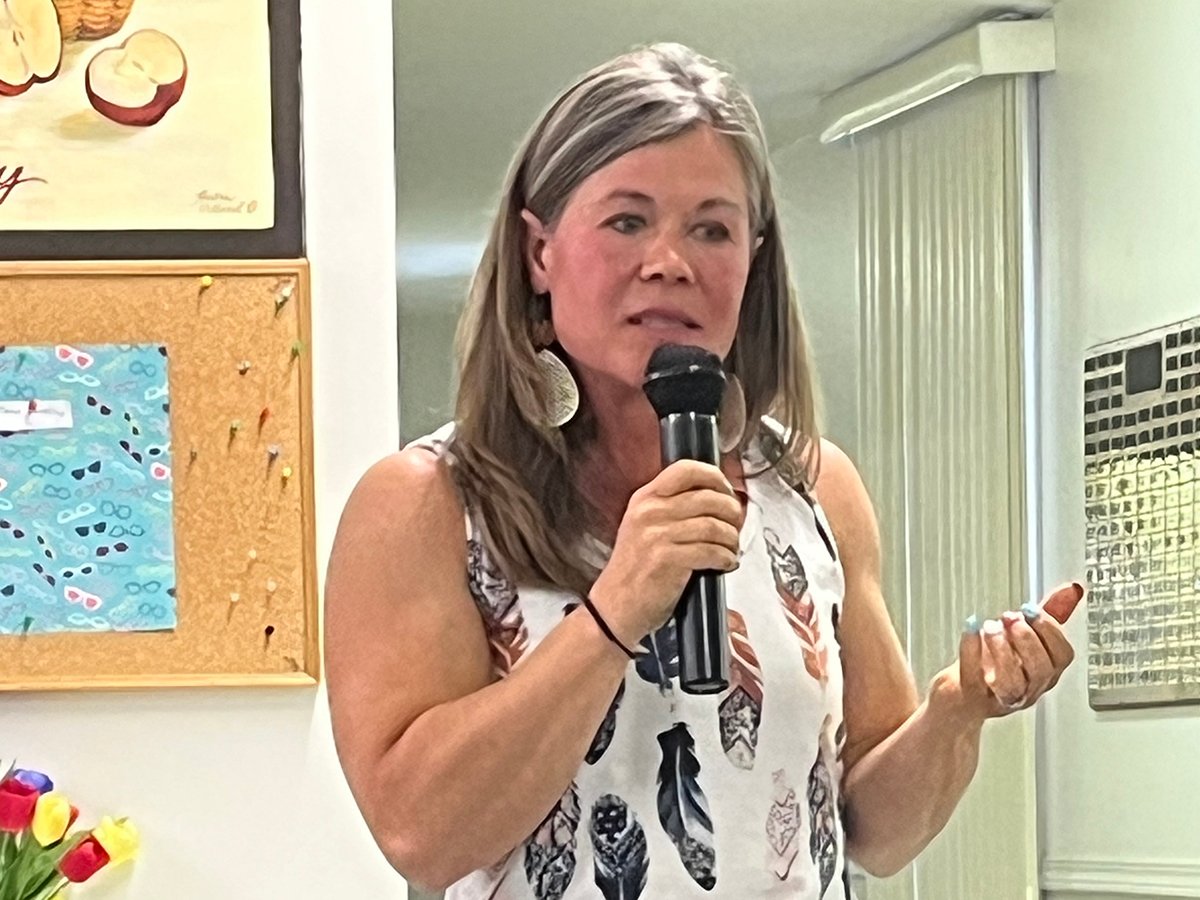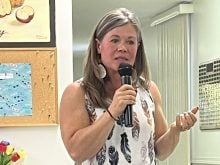OTTAWA (Staff) – The committee of farm leaders and bureaucrats formed to devise a new farm safety net system met for the last time last week, leaving a number of major questions about the new system unanswered.
Finance and agriculture ministers eventually will provide the answers about design, coverage levels and financing.
“We have finished our work but I would have to say there is still an awful lot of unease about the whole thing,” said Terry Daynard, committee member and executive vice-president of the Ontario Corn Growers Association.
Read Also

Petition launched over grazing lease controversy
Battle continues between the need for generation of tax revenue from irrigation and the preservation of native grasslands in southern Alberta rural municipality.
The basis of the program that is likely to emerge during the next year was laid out and approved in December when agriculture ministers met in Toronto.
It will include crop insurance, a ‘whole farm’ support program funded half by farmers and half by federal and provincial governments and the possibility of “companion programs” created to deal with specific sectors.
Uncertainties remain
Beneath the general principles, however, lie many uncertainties.
Saskatchewan, Alberta and Quebec all are planning different core programs, for example.
“The feds insist that it is a national approach but the evidence suggests otherwise,” said Daynard.
Then there is the issue of how much money will be available. Ottawa began by promising $850 million but it is widely expected that will be slashed in next week’s budget.
At last week’s meeting, several representatives raised concerns about whether there would be enough money left to fund “companion programs”.
Ottawa is committed to picking up about $200 million in crop insurance costs, close to $60 million in advance payments and a contribution of two percent of eligible sales to the ‘whole farm’ program, which could cost as much as $250 million.
“I’m very uneasy that there won’t be enough money left, once the cuts are made,” said Daynard.
Earl Geddes, former Manitoba farm leader hired by Ottawa to help lead the safety net negotiations, confirmed the unease around the table.
“I know some governments are saying that is possible but we’ll just have to see,” he said.
There also are questions about the program’s universality.
Supply managed sectors have said they do not want to participate and the official position of the Canadian Cattlemen’s Association is that its members do not want to take part in any income support program that could raise the ire of the United States.














